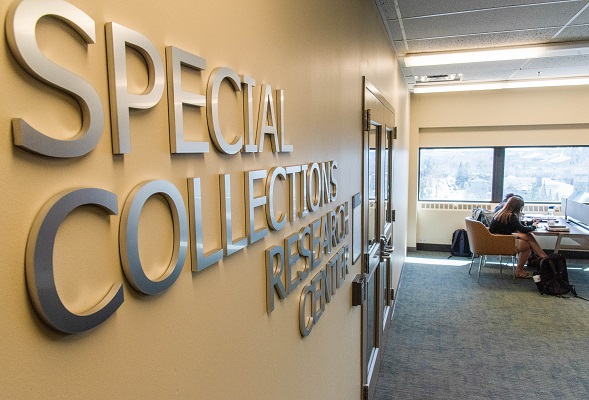The Finvola Drury papers consist of correspondence, publications, writings, printed ephemera, photographs, and audiovisual materials created or collected by Finvola Drury, a poet, teacher, , and activist.
The Finvola Drury papers are organized into eight series: correspondence, publications, writings, professional, personal, photographs, clippings, and A/V materials.
The correspondence series is sorted alphabetically by surname or institution name, except in cases where the correspondent's full name was not included in the correspondence or a single letter was addressed to multiple recipients. The bulk of correspondence is between Finvola Drury and her son, George S. Drury, and his wife Kathy. Other notable correspondents include Flo Kennedy, Sohnya Sayres, Jim Cohn, and David Cope.
A note on names: Finvola's daughter, Finvola, is often referred to by her nickname "Finny," or sometimes "Finvola II," while Finvola herself uses the nickname "Fin."
The publications series is sorted between poetry and prose and arranged alphabetically by title. Also included are various ephemera with Drury's poetry or prose printed on them, as well as a published review of Drury's book, Burning the Snow.
The writings series contains four subseries: poetry drafts, prose drafts, notes, and notebooks and journals. Both the poetry and prose draft subseries include files created and named by Drury and/or the donor, denoted in the finding aid and folder titles as "poetry draft files" or "prose draft files." Loose/unsorted poetry and prose drafts were organized alphabetically by name by the processing archivist and placed into folders labeled "alphabetized poetry drafts," denoted in the finding aid like "poetry drafts, A-Z." The notes subseries consists of pages of Drury's handwritten notes about literature, writing, ideas for poems or prose, and other subjects of interest. The "subject notes" files were ordered and labeled by Drury and/or the donor. Other notes were loose and/or unsorted and brought together in processing. Finally, the notebooks and journals subseries comprises notebooks and journals Drury kept throughout her life, as well as a handful of notebooks that belonged to her daughter, Finvola.
The professional series is made up of materials from Drury's career, sorted primarily by institution, followed by announcements for Drury's poetry readings, a copy of Drury's resume, and the draft of a memoir a student wrote under Drury's tutelage.
The personal series consists of biographical sketches written about Drury, notes and records from Drury's undergraduate and graduate education, personal ephemera, and a book given to Drury by Detroit artists.
The photographs series is organized chronologically.
The clippings series consists of newspapers and clippings Drury kept in her files, as well as a handful of collages Drury and her friend, Kathy Rose, made from news clippings.
The A/V series contains two LP music records, three tapes, and three CDs.
